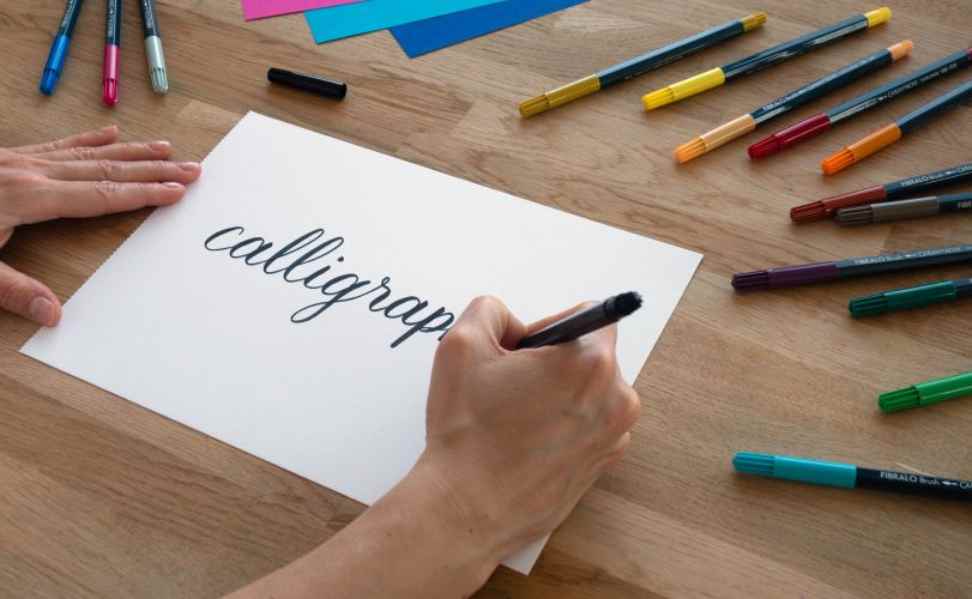11xplay Reddy Login, Betbhai9, T20exchange: Calligraphy, the art of beautiful writing, dates back centuries to ancient civilizations like the Egyptians, Greeks, and Romans. These civilizations used calligraphy as a form of written communication, often on papyrus, parchment, or stone. The Chinese and Japanese cultures also developed their own unique styles of calligraphy, characterized by graceful and flowing strokes that convey deep meanings.
Through the Middle Ages and into the Renaissance period, calligraphy continued to evolve and flourish, with scribes and monks meticulously copying religious texts and important manuscripts by hand. The advent of the printing press in the 15th century marked a significant shift in the way information was disseminated, yet calligraphy remained a valued art form, appreciated for its elegance and precision. Today, calligraphy continues to be practiced and admired worldwide, with artists and enthusiasts exploring both traditional and contemporary styles to keep this ancient art alive and thriving.
Different Styles of Calligraphy
Calligraphy, an art form that dates back centuries, offers a diverse range of styles for enthusiasts to explore. One of the most popular styles is Gothic calligraphy, known for its intricate detail and bold lines. Originating in Western Europe during the Medieval period, this style is characterized by its uniformity and emphasis on structure. Gothic calligraphy is often used for formal documents, invitations, and certificates due to its elegant and timeless appearance.
On the other end of the spectrum is modern calligraphy, a style that has gained popularity in recent years for its playful and creative approach to lettering. Unlike traditional calligraphy styles, modern calligraphy often incorporates a mix of thick and thin strokes, creating a dynamic and fluid look. This style allows for more personalization and experimentation, making it a favorite among artists and hobbyists looking to add a contemporary touch to their work. Whether it’s the classic grace of Gothic calligraphy or the modern flair of contemporary styles, there is a calligraphy style suited for every taste and project.
Tools and Materials Needed for Calligraphy
Calligraphy is an art form that requires specific tools and materials to produce beautiful and intricate designs. One of the essential tools needed for calligraphy is a calligraphy pen. These pens come in various styles and can be either dip pens or fountain pens, depending on personal preference. The type of pen chosen can greatly affect the outcome of the calligraphy work, so it is important to select one that feels comfortable and suits the desired writing style.
In addition to a calligraphy pen, high-quality paper is crucial for achieving the best results in calligraphy. Smooth and durable paper will prevent ink from feathering or bleeding, allowing for precise and clean lettering. Other essential materials include ink, which comes in a variety of colors and formulations, as well as a ruler, pencil, and eraser for drafting and sketching layouts before committing to the final design. By using the right tools and materials, calligraphers can create stunning pieces that showcase their skill and creativity.
– Calligraphy pen (dip or fountain)
– High-quality paper
– Ink in various colors and formulations
– Ruler, pencil, and eraser for drafting
– Smooth and durable paper to prevent feathering or bleeding of ink
What tools are needed for calligraphy?
Some essential tools for calligraphy include a calligraphy pen or brush, ink, paper, a ruler or straight edge, and a pencil for sketching out guidelines.
Do I need to use a specific type of paper for calligraphy?
Bet365 ID, Play247 Online, Iceexchange: While you can technically use any paper for calligraphy, it is recommended to use smooth, high-quality paper that won’t fray or bleed when you write on it.
What type of ink should I use for calligraphy?
There are various types of calligraphy ink available, including traditional ink sticks, bottled inks, and even modern brush pens with built-in ink cartridges. It ultimately comes down to personal preference.
Do I need to purchase a special pen for calligraphy?
While you can certainly start with a basic calligraphy pen or brush, there are specialized pens designed specifically for calligraphy that can help you achieve more consistent and precise lettering.
Are there any other tools or materials I should consider investing in for calligraphy?
Some additional tools that may come in handy for calligraphy include a lightbox for tracing, a water jar for cleaning your pens, and different nib sizes for creating various lettering styles.

